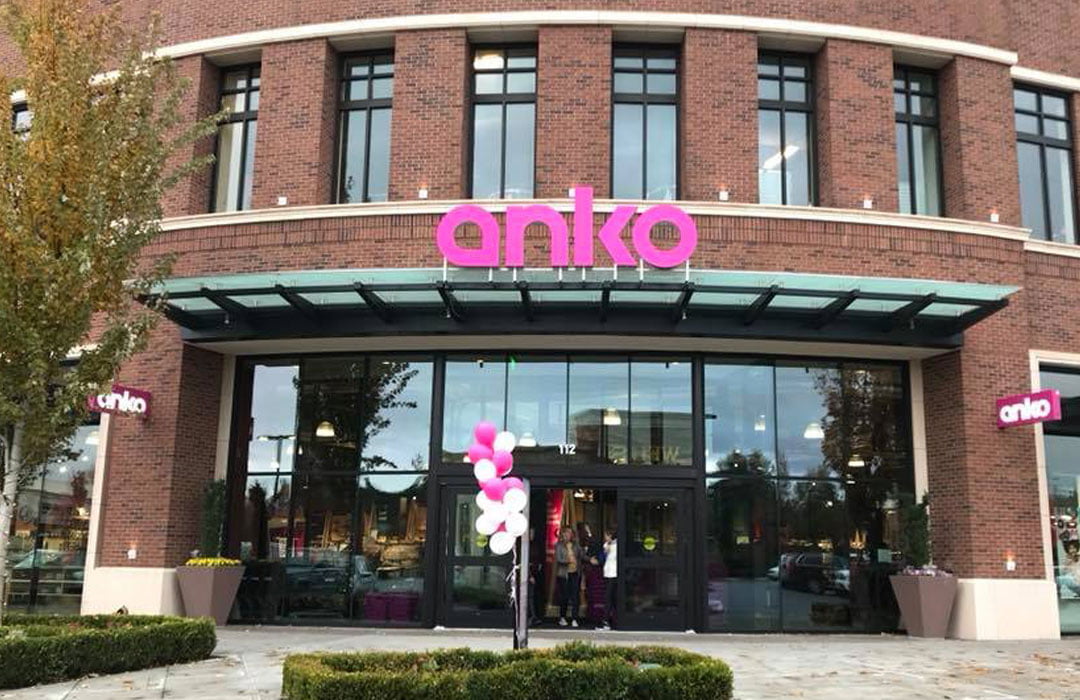A Homegrown Success Story
Like many in my generation, our first jobs were in retail. Fortunately, David Jones Limited allowed me to write my honors thesis on their business, which enabled me to spend time with people from the chairman down whom I had requested to speak to. I have continued to have a passion for the sector ever since.
The story of the Anko brand and Kmart Australia needs to be told. I hope that someone will soon produce a scholarly work on this wonderful integrated marketing, distribution, and production business. It is a homegrown success story in the retailing sector, which has seen many major names leave the global industry in the last two decades. (Anko stands for A New Kind Of.)
The greatest challenge retailers have faced in the last decade has been online shopping based on price. If you have that covered, then your store operations are a part of your footprint. The key is being good at both, and in the case of online, you especially need a great social media following. With 450 stores across Australia and New Zealand, Kmart/Target is the first place so many people go to and is considered by many to be more of an anchor tenant than a department store in their home markets.
Seeing the Need
The key opportunity in moving from having a supplier simply label the product as yours to establishing an independent brand has been critical in the development of retail in Australia. Major retailers have long had their own brand such as St James and St Marks, with many of these brand names being rather dull. Anko is not particularly exciting, but it’s consistent across the store, and it has been seen as a sign of quality and value for money.
What is critical is a strong brand name like Disney has developed across categories by way of evolution, such that the products with the Anko name are recognized as being above standard. Many Australians will remember that Target Australia’s key claim was that its home products had been rigorously tested for quality, allowing it to charge a premium.
Creating the Vision – Quality, Value, and Volume
The critical advantage that Kmart held was that it was a big fish in a small market and today represents over 350 stores and, when combined with Target, some 450 stores across Australia and New Zealand. Anko is focused on consumer usables.
Critically, Kmart is a category leader in its own space and identified market. Many would say its only competitor is Big W. It has a highly defined marketing space and is not seeking to be a fourth force in the food and consumable sector dominated by Woolworths and Coles, followed by Aldi, which together have 75% of that market.
Working the Story in ANZ
The original story of Kmart and Anko was limited to meeting the needs of Australians and New Zealanders, but as the business grew and moved from simply being a procurement or production model, it has found that it could add volume by adding other regional retailers that operate in similar markets but specifically where they do not operate. They have strategic partners such as Hudson Bay in Canada.
Making It Yourself
When we look at the procurement process, production is another opportunity to make a profit. For Kmart, this means being the producer or hiring a contract manufacturer. If you make it yourself, there is more margin to be had. Kmart has managed the magic to go down to the next level and totally understand the cost of production and show the other producers they can. This, in practice, means it has the capacity and knowledge to manufacture, so it does not and, in reality, manufactures where it sees the opportunity to create value. Using its sourcing, it can scout the world for the best place and has operations around the world.
Limited Product Range – 12,000 SKUs
Part of getting the production and management right, Kmart limits the number of SKUs it has. It, of course, has sizes and colors but not the number of SKUs of a typical Coles or Woolworths supermarket, with more than 20,000 SKUs.
Kmart’s clear focus is on items that turn over and disposing of stock at the end of the season. For them, there are no longer sales in return as you cannot in practice return overseas or in reality return to yourself.
Sticking to the Knitting
Kmart is not trying to be all things to all people – it is not Bunnings, Coles, or Officeworks and has little crossover. Yes, you can get a hammer, confectionery, and printer paper, but this is not the focus of the business. You can get a broad range of clothes but not school uniforms or bankers’ suits. Kmart knows what their lines are and does not try to be all things to all people. They know where they see their volume markets. They keep their business offer simple. Not too many models or other brands.
I do remember one of my early lessons on retail at David Jones. I saw the main city store had only 3 black cocktail dresses per size on display, and each had a significantly different price. I asked the floor manager why there were not more dresses on the floor as they were in the storeroom. The message was simple – don’t give clients too many choices as they will find it too hard to make a decision. The formula had worked for her 20 years. Anko the story is clearly similar. I guess both learned a lot from Henry Ford.
Kmart demonstrates that sticking to the knitting and knowing what your business model is allows the company to grow and remain focused.
Going Global!
Looking at the local end global retail model, Kmart has become more like Aldi than Coles or Woolworths. It has a clear fixed number of items and styles that it offers, and the cheapest offer is always its own branded products. They do have other people’s products often to demonstrate the quality and price of their own or to fill gaps in the range or perceived needs of clients. Yes, you can buy branded confectionery and sound sporting goods. The key to success, however, is that the high turnover lines are theirs and they constitute 85% of what they sell. Kmart demonstrates that business models can be developed, which are different based on creating value for both the customer and the company, and this model can be sold for a fee to the world. Kmart Australia is truly one of Australia’s success stories and remains a quiet achiever.
Do you think Anko will be as successful around the world as it is in its native Australia/New Zealand?
By Paul Raftery, CEO of Projects RH, and based in Sydney. We are happy to receive questions or comments at paulraftery@projectsrh.com
———————-
Source: Greenblat, E.; “FROM TOYS TO BOTTLES AND CLOTHING: THE KMART BRAND GOING VIRAL”, The Weekend Australian, 17-18 February, 2024.




